Indian Air Force inducts first squadron of LCA Tejas
Fri 01 Jul 2016, 12:45:59
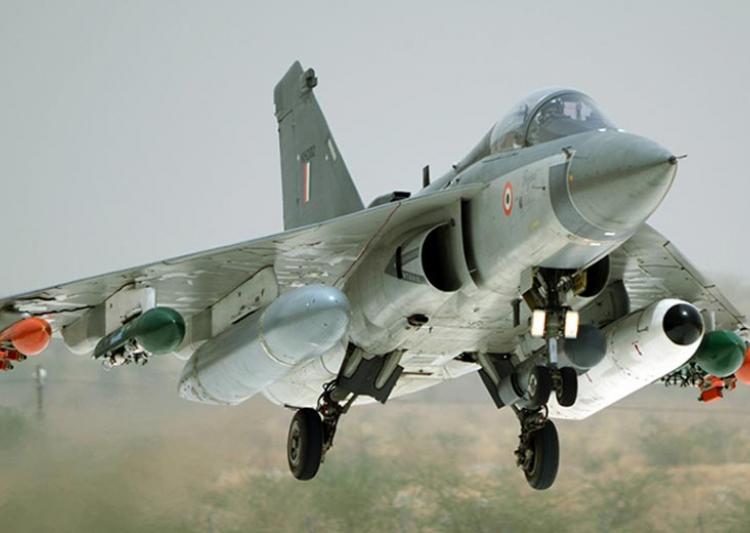
In a major milestone in the military aviation in the country, the first squadron of home- grown Light Combat Aircraft Tejas was inducted into IAF with two fighter planes joining the force here.
State-run HAL handed over the first two Tejas aircraft to IAF, which makes up the first squadron named 'Flying Daggers', at a ceremony preceded by inter-faith prayers at the Aircraft System Testing Establishment.
A Tejas aircraft flown by Commanding Officer Group Captain Madhav Rangachari performed a sortie during the induction ceremony, attended by Air Marshal Jasbir Walia, Air Officer Commanding-in Chief, Southern Air Command and senior HAL executives.
The commissioning of the India-made fighter planes comes more than three decades after LCA went into development. The aircraft was named "Tejas" (meaning radiance in Sanskrit) by Atal Bihari Vajpayee as Prime Minister.
The squadron will be based in Bengaluru for the first two years before it is moved to Sulur in Tamil Nadu. Air Chief Marshal Arup Raha, who on May 17 took his maiden flight in Tejas, had given the thumbs up to the "desi" aircraft, terming it "good" for induction.
IAF, which plans to induct six aircraft this financial year and about eight in the next, has said Tejas will
feature in its combat plan next year and would be deployed in forward bases also.
feature in its combat plan next year and would be deployed in forward bases also.
LCA will eventually replace the ageing fleet of MiG-21 planes. Defence Minister Manohar Parrikar had earlier this month said here "next year I think two MiG-21 squadrons are being decommissioned. This will go into initially replacing them."
"LCAs are better than MiGs which are old and parts are difficult to get," he had said. All squadrons of Tejas will be made up of 20 planes, including four in reserve.
As per the plan, 20 would be inducted under the "Initial Operational Clearance" and another 20 later with Beyond Visual Range Missile (BVR) and certain other features.
IAF plans to induct over 80 aircraft with better specifications known as Tejas 1A. The upgraded version of Tejas, with Active Electrically Scanned Array Radar, Unified Electronic Warfare Suite, mid-air refuelling capacity and advanced BVRs, will cost between Rs 275 crore and Rs 300 crore.
The idea to have an indigenous fighter aircraft was conceptualised in the 1970s, but actual work started on the aircraft project only in the 1980s. The first flight took place in January 2001 after the project often ran into rough weather and came in for criticism over delay.
No Comments For This Post, Be first to write a Comment.
Most viewed from Specials
Most viewed from World
AIMIM News
Latest Urdu News
Most Viewed
May 26, 2020
Where should be the burial of the pilgrims martyred in the Saudi Arabia bus accident?
Latest Videos View All
Like Us
Home
About Us
Advertise With Us
All Polls
Epaper Archives
Privacy Policy
Contact Us
Download Etemaad App
© 2025 Etemaad Daily News, All Rights Reserved.

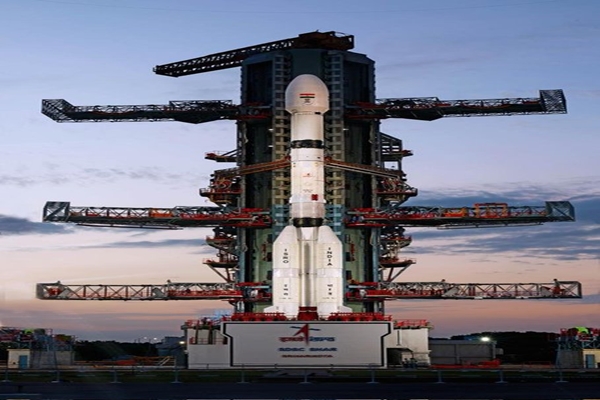
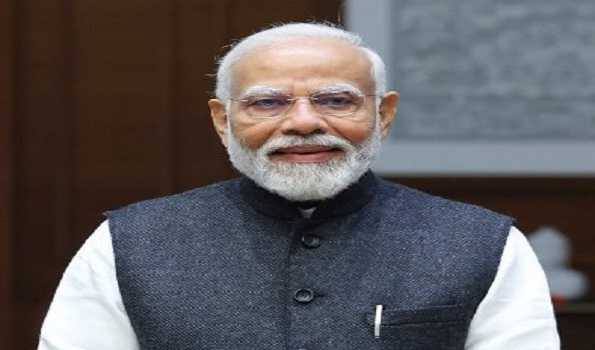
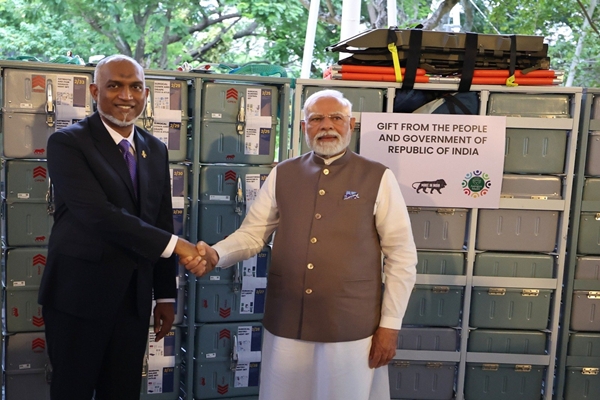
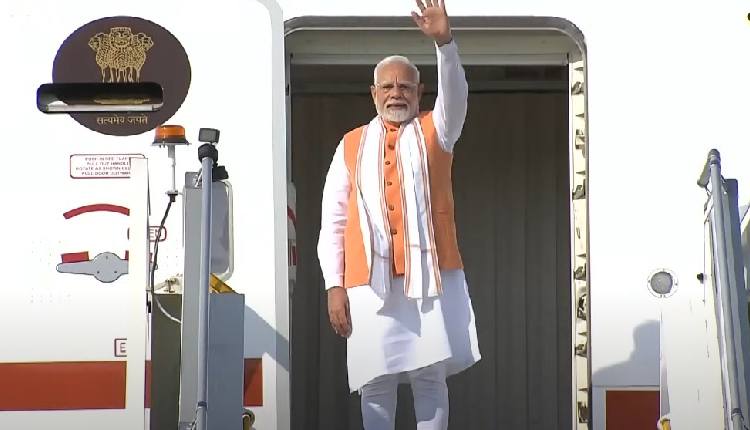
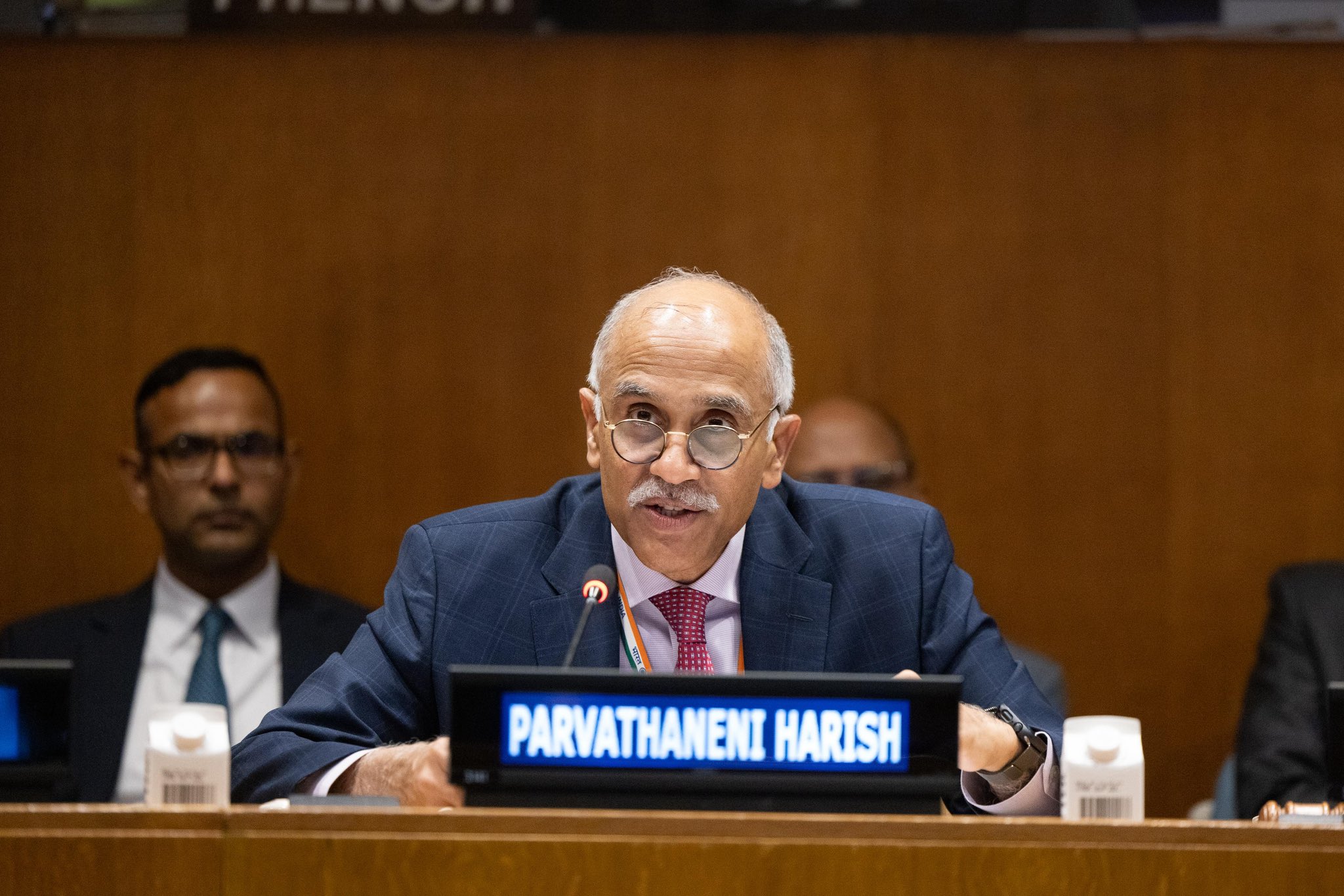
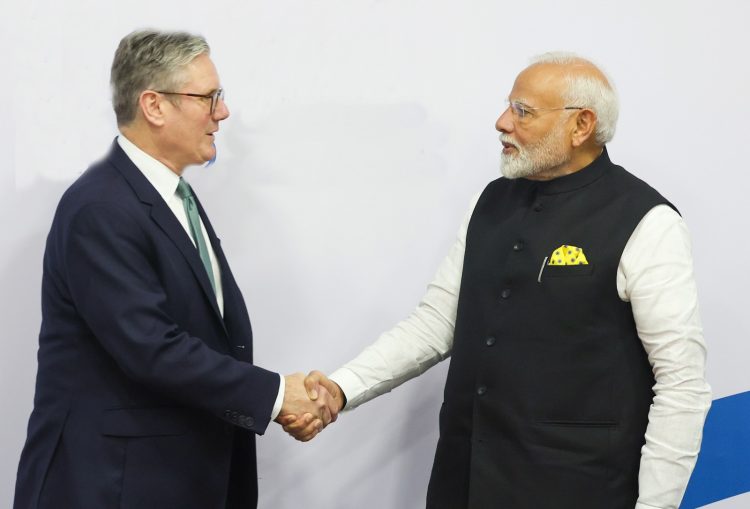
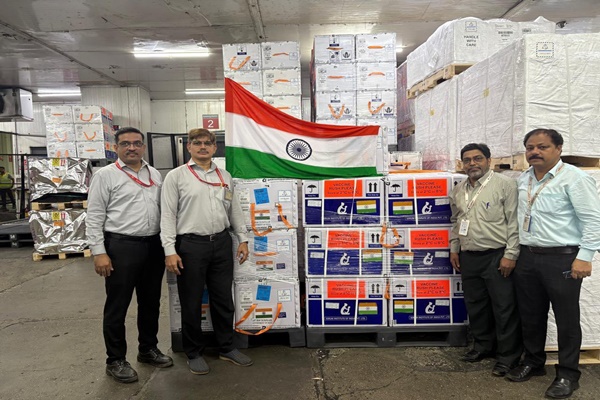
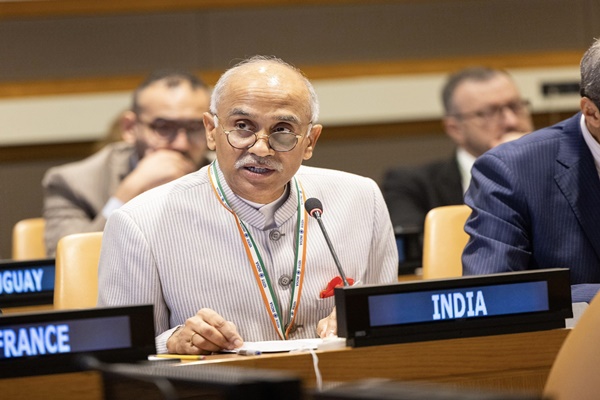
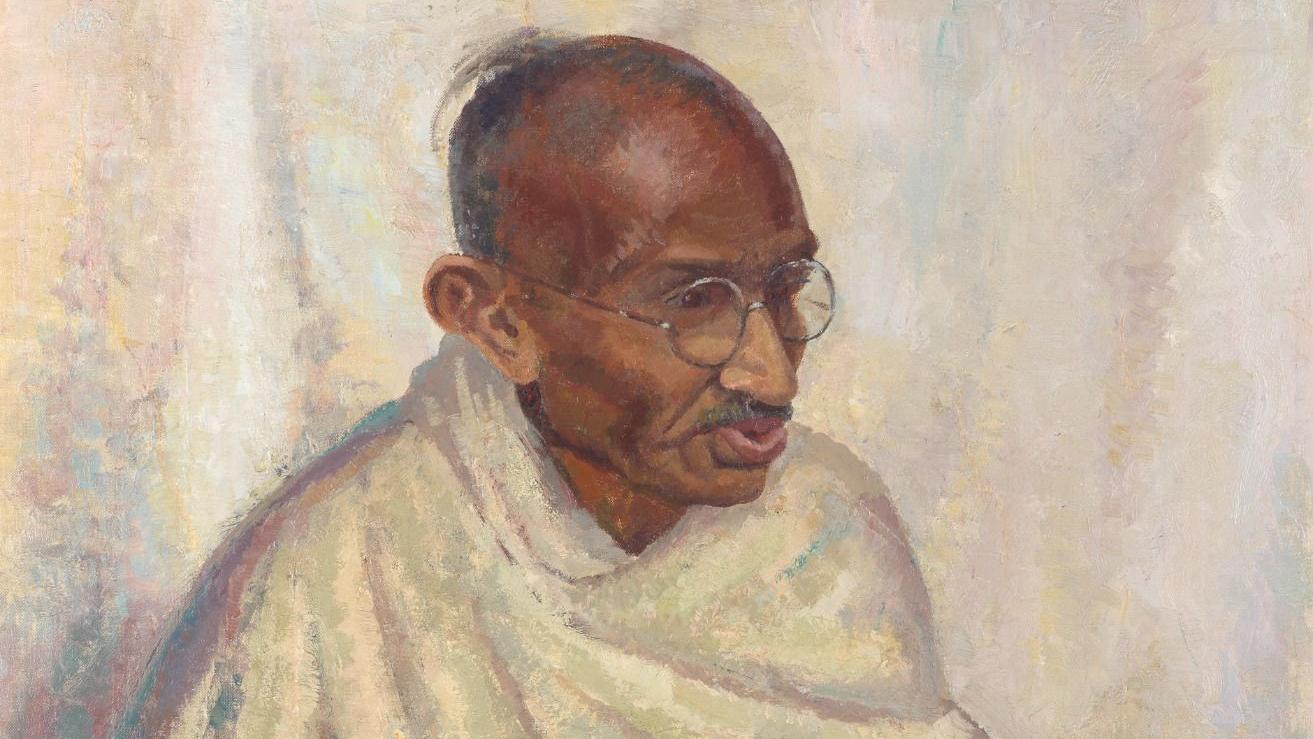
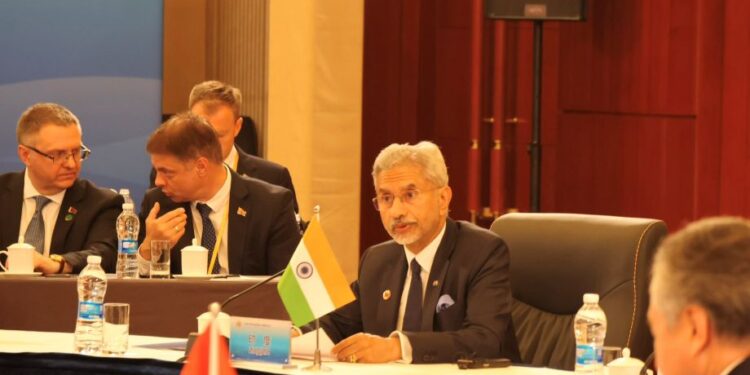
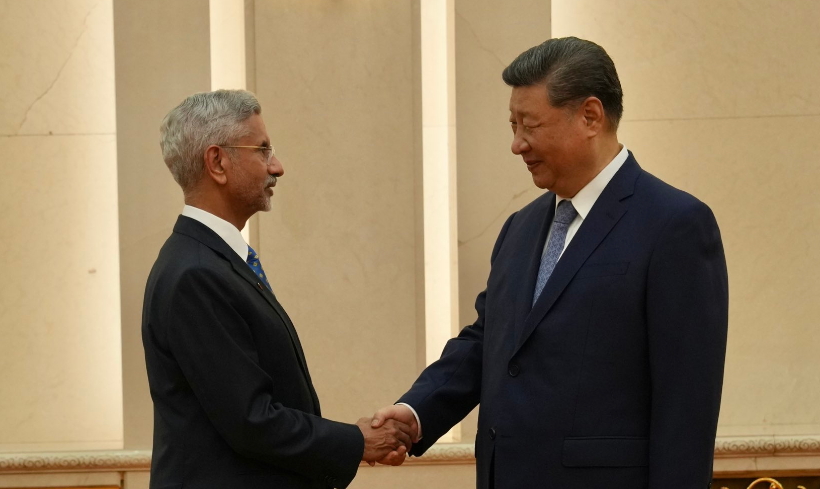
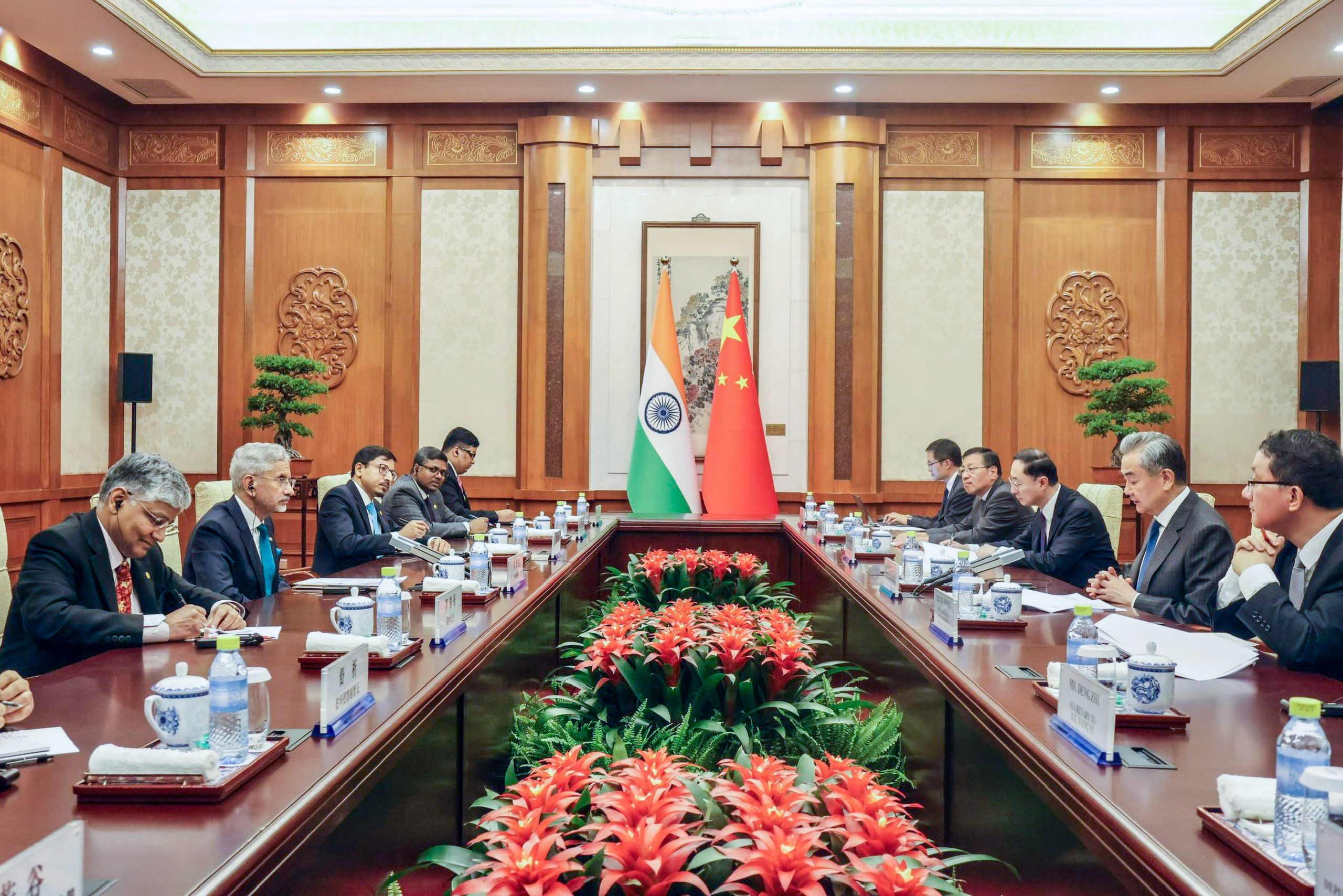
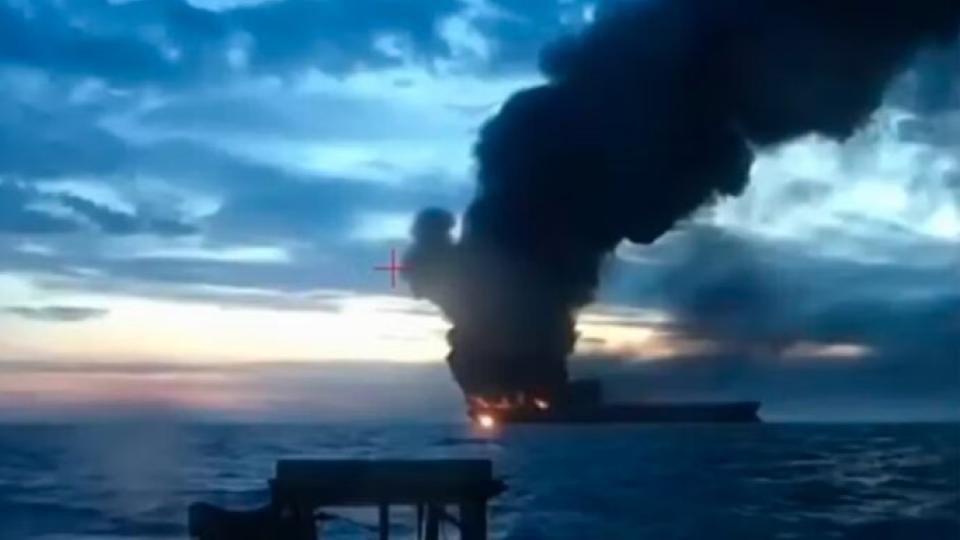

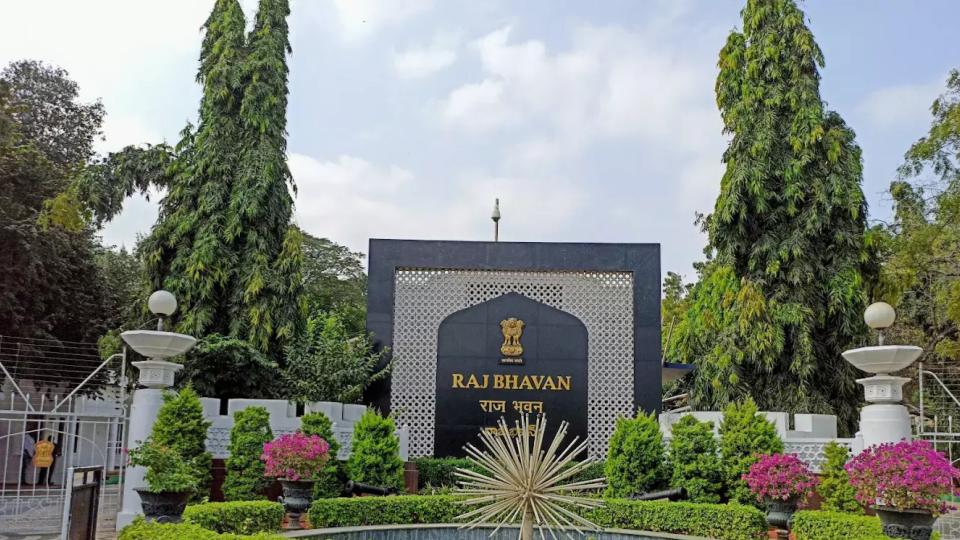
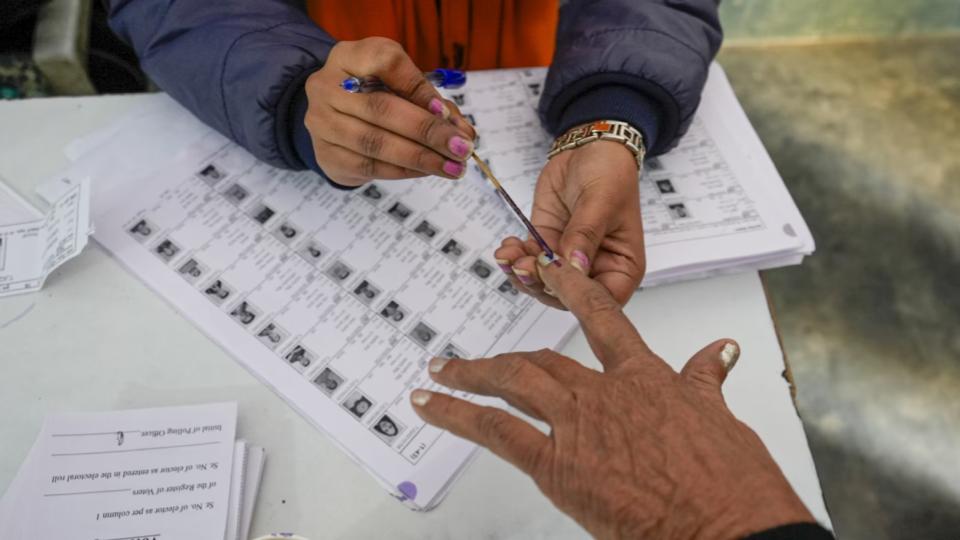
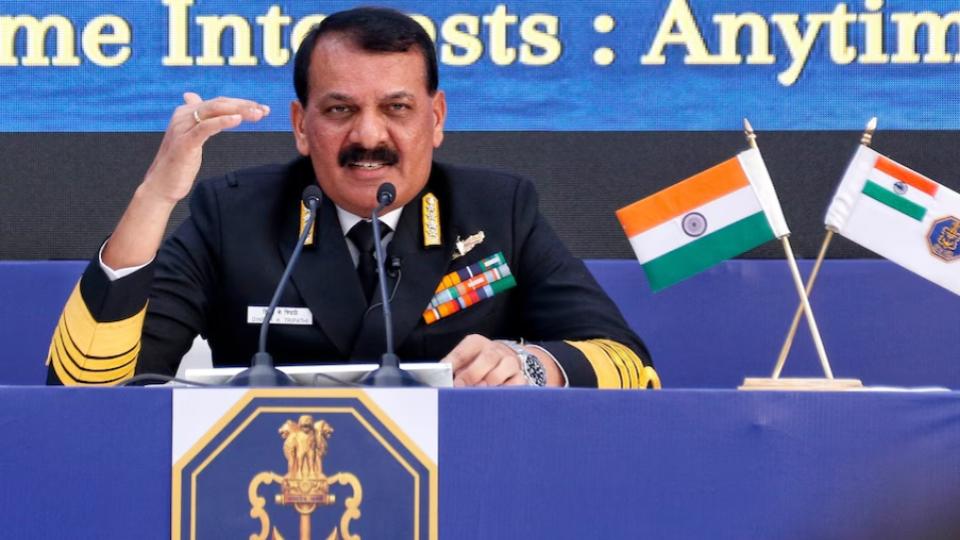
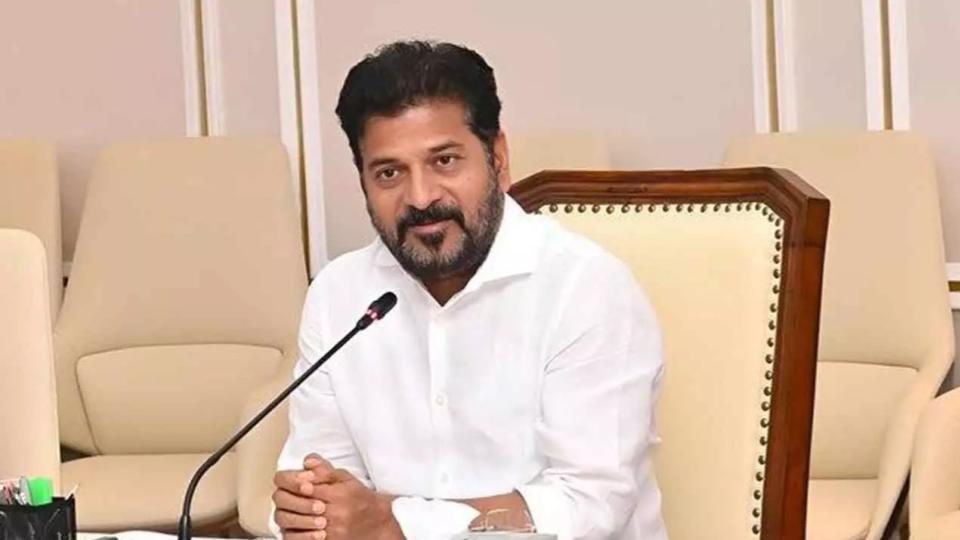
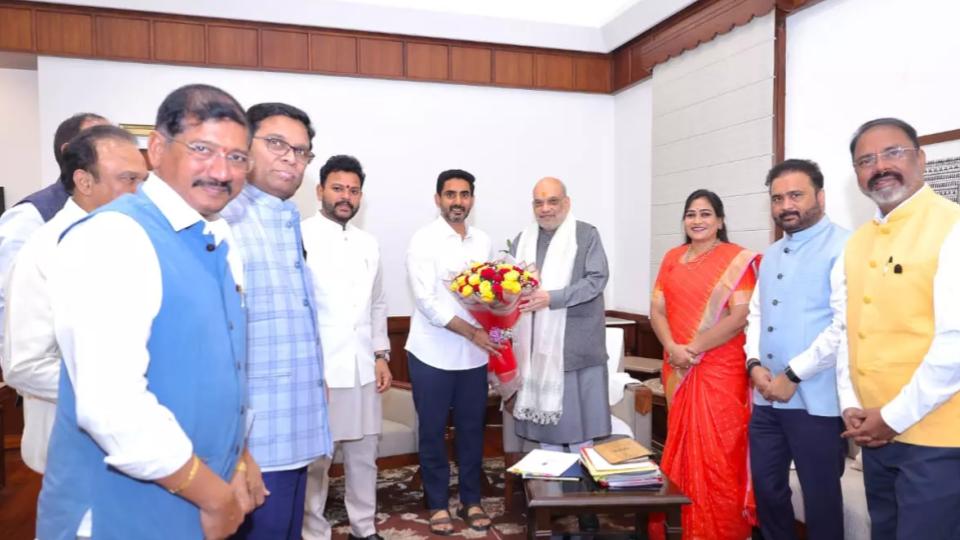
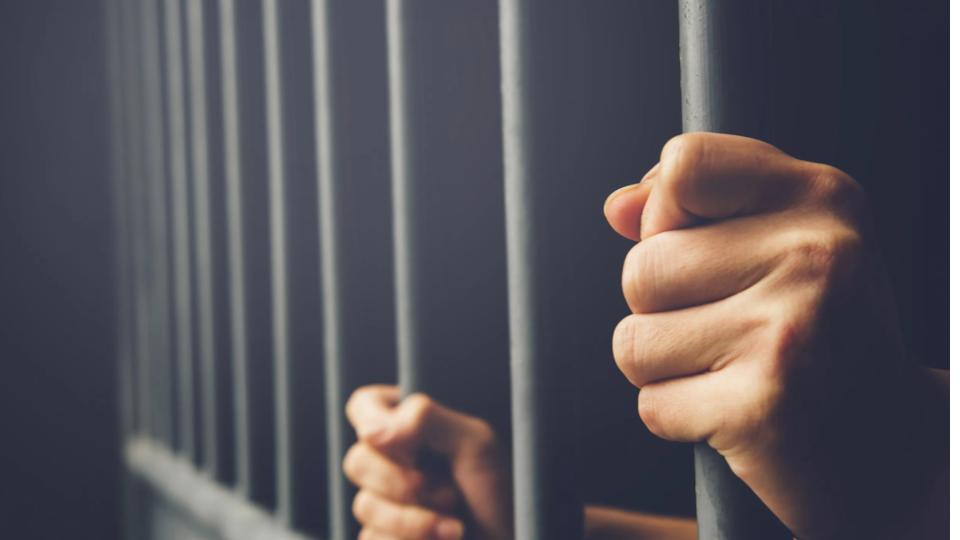
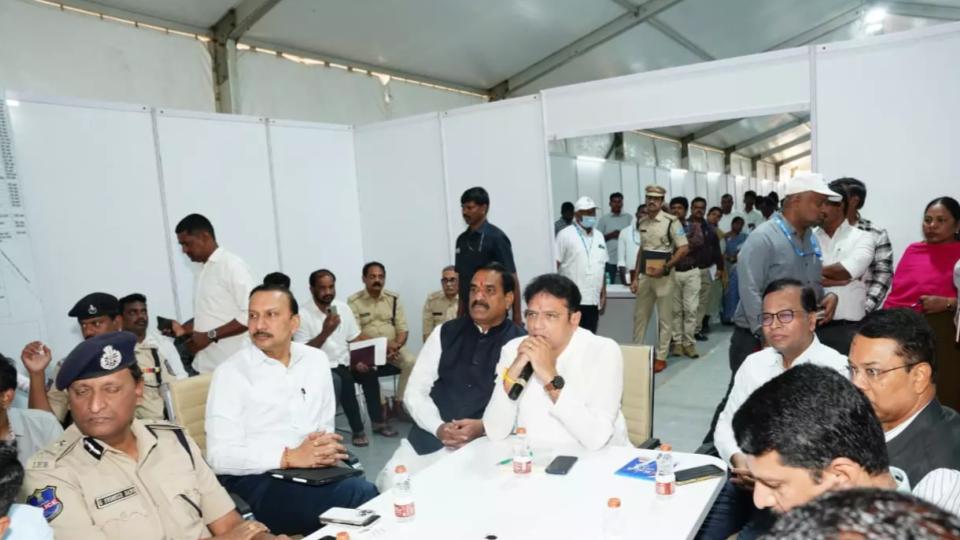
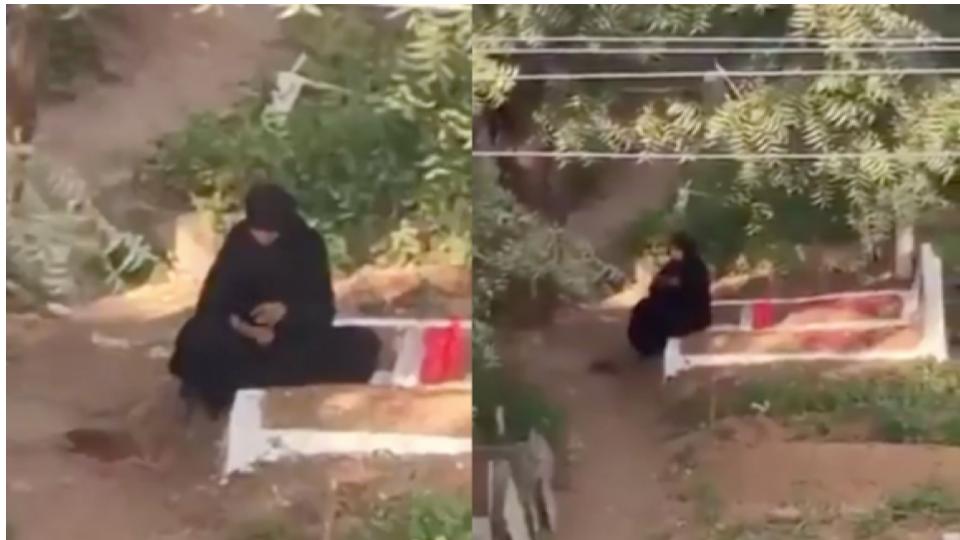
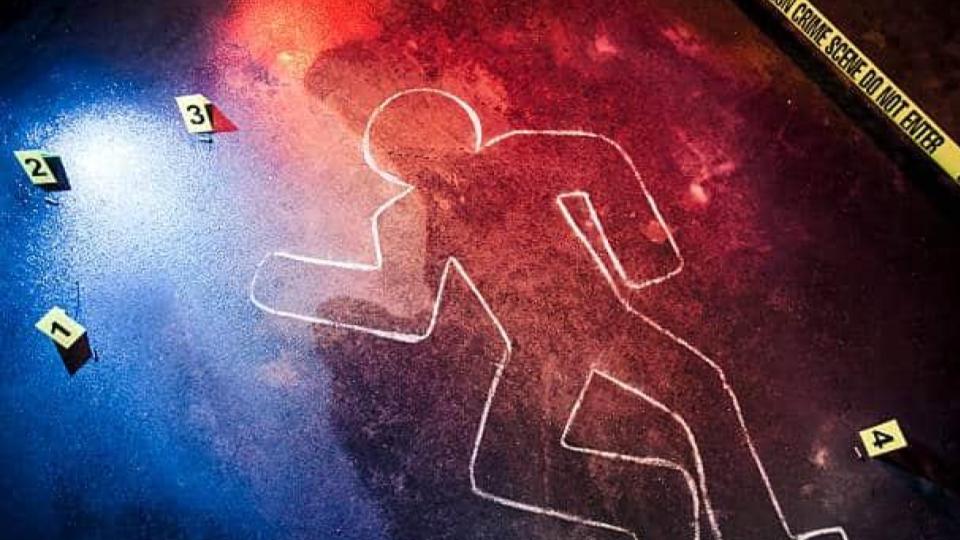
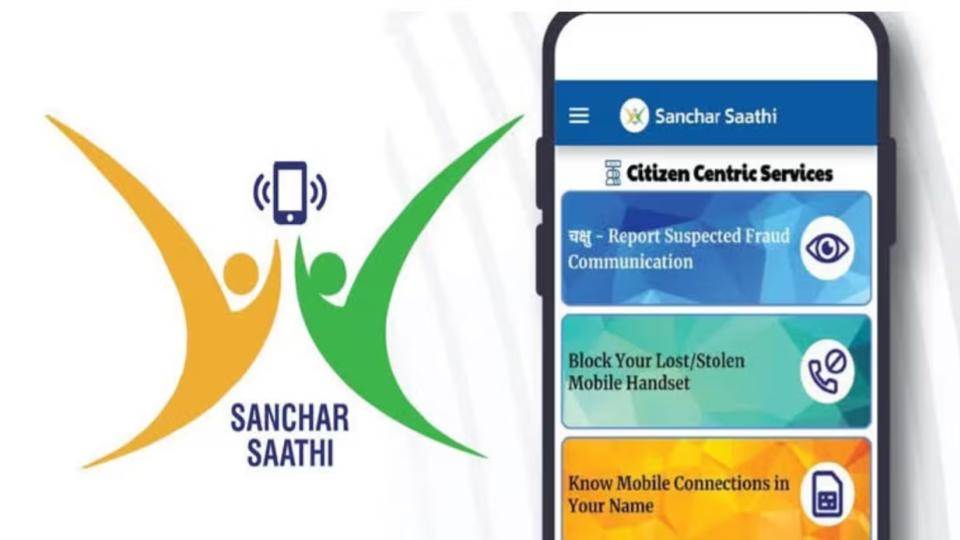












.jpg)
.jpg)
.jpg)


